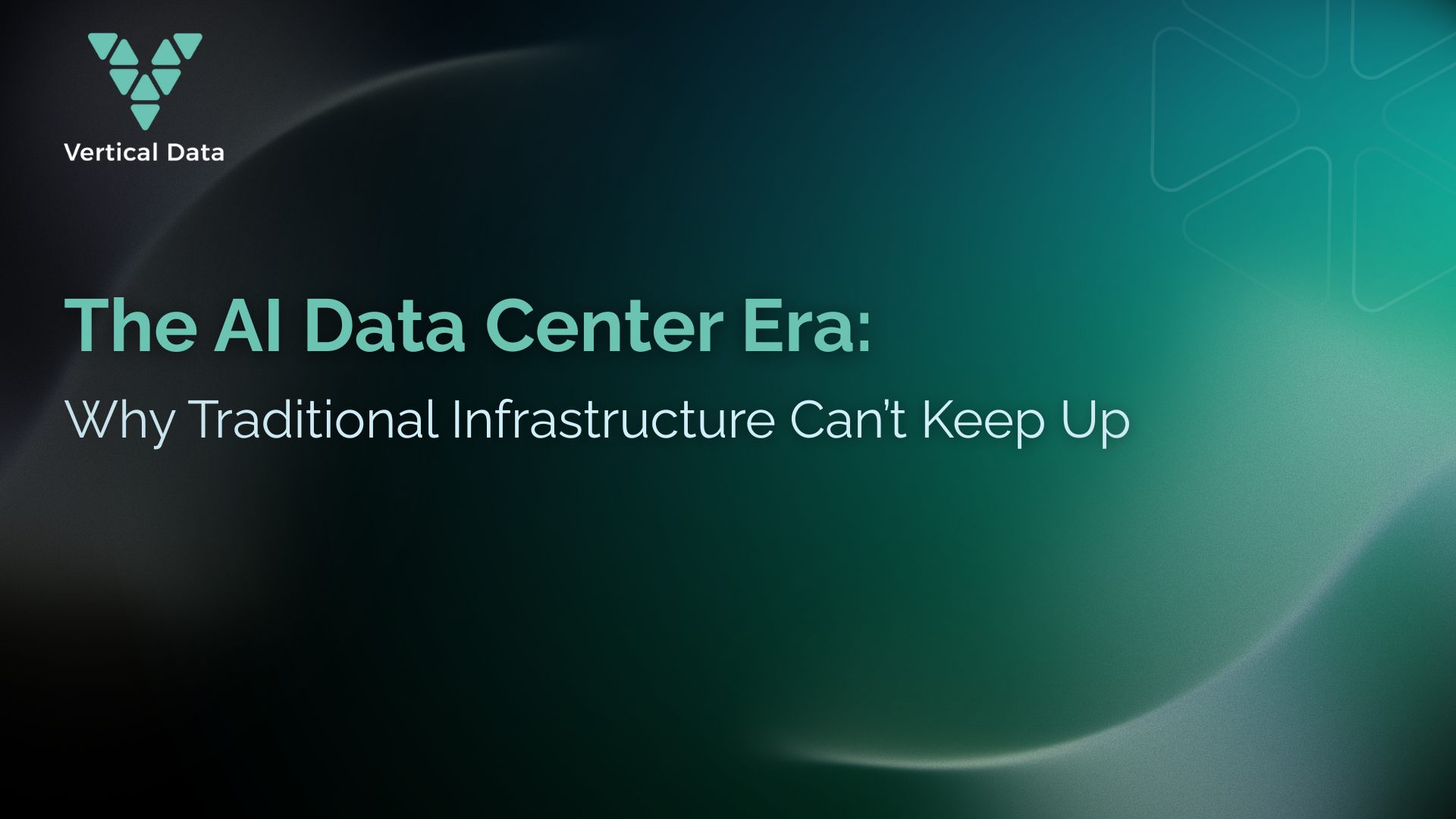Artificial Intelligence has rapidly evolved from concept to an indispensable engine driving innovation. Its capabilities, from powering sophisticated large language models (LLMs) to enabling autonomous vehicles, are expanding at an unprecedented rate. This growth, however, demands an insatiable amount of computational power, pushing existing infrastructure to its limits. Traditional data centers, once the backbone of the digital age, are fundamentally ill-equipped to handle the unique and extreme demands of modern AI workloads.
The Unyielding Demands of Modern AI
To understand why traditional data centers falter, we must grasp the distinct requirements of AI workloads. Unlike conventional applications, AI, particularly deep learning, thrives on parallel processing, massive datasets, and continuous, high-intensity computation. This translates into several critical demands:
Unprecedented Compute Power: Beyond the CPU
Traditional data centers rely on CPUs, which excel at sequential tasks. AI training, however, demands parallel processing on an enormous scale, making GPUs and specialized AI accelerators (like TPUs or ASICs) essential. These processors, with thousands of cores, are exponentially more efficient for AI workloads. A single AI server rack can house dozens of these powerful accelerators, a stark contrast to older CPU-centric architectures.
Escalating Power Density: A Wattage Wake-Up Call
The computational intensity of AI hardware leads to significantly higher power consumption. A typical traditional data center rack consumes 5-10 kW, while an AI rack can easily demand 60 kW or more, sometimes exceeding 100 kW. This dramatic increase challenges existing electrical infrastructure, which wasn’t designed for such concentrated energy. Retrofitting is often costly and complex, leading to underutilized capacity or inability to host AI hardware.
The Cooling Conundrum: From Air to Liquid
High-density AI hardware generates extraordinary heat, overwhelming conventional air-cooling systems (CRACs/CRAHs). This leads to hotspots, reduced hardware lifespan, and potential failures. The AI revolution necessitates advanced cooling solutions like direct-to-chip liquid cooling or immersion cooling, which efficiently remove heat directly from the source. Implementing these in older facilities often requires complete overhauls.
High-Bandwidth, Low-Latency Networking: The Data Superhighway
AI models are data-hungry, requiring constant, high-speed data exchange between GPUs, storage, and compute nodes. Traditional networks, optimized for client-server communication, lack the high-bandwidth, low-latency, east-west connectivity crucial for AI. Bottlenecks severely impede training times. AI data centers need specialized network architectures, such as InfiniBand or high-speed Ethernet, to create a seamless data superhighway.
Scalable, High-Performance Storage: Feeding the Beast
AI workloads demand not just fast compute, but also equally fast access to vast amounts of data. Traditional storage, often spinning disks, cannot keep pace with AI’s I/O demands. Training models on massive datasets requires high-performance, scalable storage solutions, typically NVMe-based all-flash arrays or distributed file systems optimized for parallel access. This capability is often lacking in legacy data center storage.
The Inherent Limitations of Traditional Data Centers
Traditional data centers struggle due to deeply embedded design and operational limitations:
Legacy Infrastructure and Design Constraints
Most existing data centers were built for an era of lower power densities and different cooling. Their power and cooling systems are not engineered for modern AI hardware. Retrofitting is often economically unfeasible.
Inadequate Power and Cooling Capacity
AI’s power and cooling needs are orders of magnitude higher. Traditional data centers lack the spare capacity, leading to thermal runaway and instability. This bottleneck requires significant capital expenditure to overcome.
Network Bottlenecks and Latency Issues
The traditional three-tier network architecture introduces latency and limits bandwidth for AI’s crucial east-west traffic. Flatter, high-speed, low-latency networks are a fundamental shift traditional designs cannot easily accommodate.
Scalability Challenges
Scaling traditional data centers for AI’s explosive growth is slow and cumbersome, requiring significant downtime. AI demands rapid, on-demand scalability for fluctuating workloads and iterative model training.
Operational Complexity and Cost
Managing AI workloads in traditional data centers is complex. Specialized cooling, power, and networking mean managing disparate systems, increasing costs and risk. Lack of AI-tailored automation further exacerbates these challenges.
The Path Forward: Purpose-Built AI Data Centers
The AI revolution demands purpose-built facilities designed from the ground up for AI workloads. These next-generation data centers feature:
•High-Density Power Infrastructure: 60kW+ per rack with robust, redundant power.
•Advanced Cooling Solutions: Widespread liquid cooling for extreme heat.
•High-Performance, Low-Latency Networks: Flat architectures with high-speed interconnects (e.g., InfiniBand, 400GbE).
•Scalable, AI-Optimized Storage: NVMe-based all-flash arrays and distributed file systems for massive I/O.
•Modular and Scalable Design: Built for rapid expansion and upgrades.
•Automation and Orchestration: Integrated management platforms for resource provisioning and monitoring.
Conclusion: Embracing the AI-Native Future
Traditional infrastructure is simply not equipped for modern AI’s demands. Organizations clinging to outdated infrastructure risk falling behind, facing bottlenecks and escalating costs. Embracing purpose-built AI data centers is a strategic imperative for any enterprise serious about harnessing the full transformative power of Artificial Intelligence. The future of AI depends on infrastructure built for its unique demands, ready to keep pace with relentless innovation.
